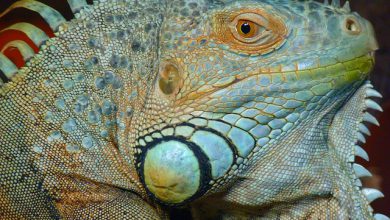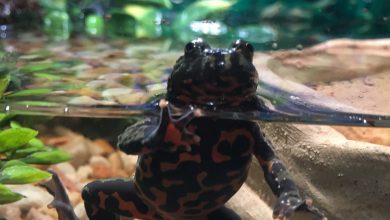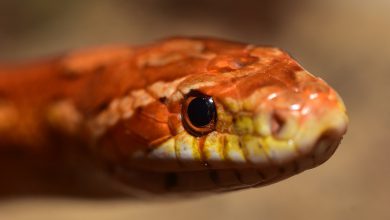What to Do if Your Aquarium is Infected with Ich

Last week I wrote about how to know if your fish is infected with ich. In that article, I discussed how ich is quite contagious and can easily affect an entire aquarium. I also talked about ways to prevent ich.
Prevention is always the best method, but even with the best processes in place, disease in the tropical fish aquarium can still happen.
Given that unfortunate knowledge, this article discusses what to do if your aquarium is infected with ich, including treatment for the whole tank.
Treat immediately
The most important thing to know about ich is that if you see signs of it in your tank, you need to treat the problem immediately. White spot disease (another name for an ich infestation) can kill the fish. As the ich parasite feeds on fish, they begin having trouble taking in oxygen.
Ich is much more dangerous in aquariums than in a fishâs natural environment. Thatâs because the tank is a closed environment, leaving little room for the parasite to travel away from the fish. Instead, it will simply take over the entire enclosure.
You have options
There are a few different ways to treat ich:
Raise the temperature
The first thing to know about raising the temperature of the tank is that doing this alone will not kill the ich parasite. However, what it can do is speed up the parasiteâs life cycle, making it easier to treat the infestation.
To do this, youâll want to raise the temperature gradually over a period of a few days, to about 83 or 84 degrees Fahrenheit and leave the temperature at that range for about two weeks.
Only use this treatment method if the fish and plants in your tank can tolerate these temperatures. Goldfish prefer cooler waters and are not a good candidate for increased temperatures as part of their treatment.
Salt the tank
Adding aquarium salt is a natural way to treat the entire tank for ich. The typical salt dosage is about two parts per one thousand. This is about a tablespoon of salt per every 2.5 to 3 gallons of water.
Again, this treatment method only works if you have fish that can tolerate living in that amount of salt. Yes, there are freshwater tropical fish that can tolerate a moderate salt content in their water. Check tolerance for your specific species.
(You can find more detailed instructions in this video.)
Some tropical fish that tolerate salt treatment for ich include:
- Guppies
- Mollies
- African cichlids
For fish with a lower tolerance to salt, you can still try this treatment with a smaller dosage, such as 1 tablespoon salt per every 5 gallons of water. If there are plants in the tank, you may need to halve even this smaller dosage, unless you donât mind killing the plants in order to get rid of ich.
Salt can reduce the oxygen available to the fish, so adding an air stone can help keep the fish healthier during treatment.
It should be noted that using heat and salt works best if you catch the infestation early. If your fish are already showing many white spots, youâll probably need to move on to a more heavy-duty treatmentâ¦
Ich medication
Using medication specifically made for treating ich is a safe and effective way to take care of ich. If natural treatments donât work, medication can save your fish. Be sure to use the dosage listed on the container.
At The Tye-Dyed Iguana, we carry two sizes of ich medication made from natural herbal ingredients:
Kordon Ich Attack 4 oz.
Kordon Ich Attack 16 oz.
You can use medication at the same time as the other two treatments listed above. Because the medications only treat protozoa that are moving in the water, not the ones that have burrowed into the fish, you may need to continue with medication for a week (if temperatures are raised) or two (for cooler tanks) after all the white spots are gone from the fish.
Other considerations
You may want to turn the lights down on your tank more often while treating ich. It helps the fish to rest and relax, just like you may prefer being in a darker room to rest when youâre not feeling well. You may also want to reduce the size of feedings because some fish may have a smaller appetite while sick, and you donât want poor water quality from leftover food while treating the tank.



